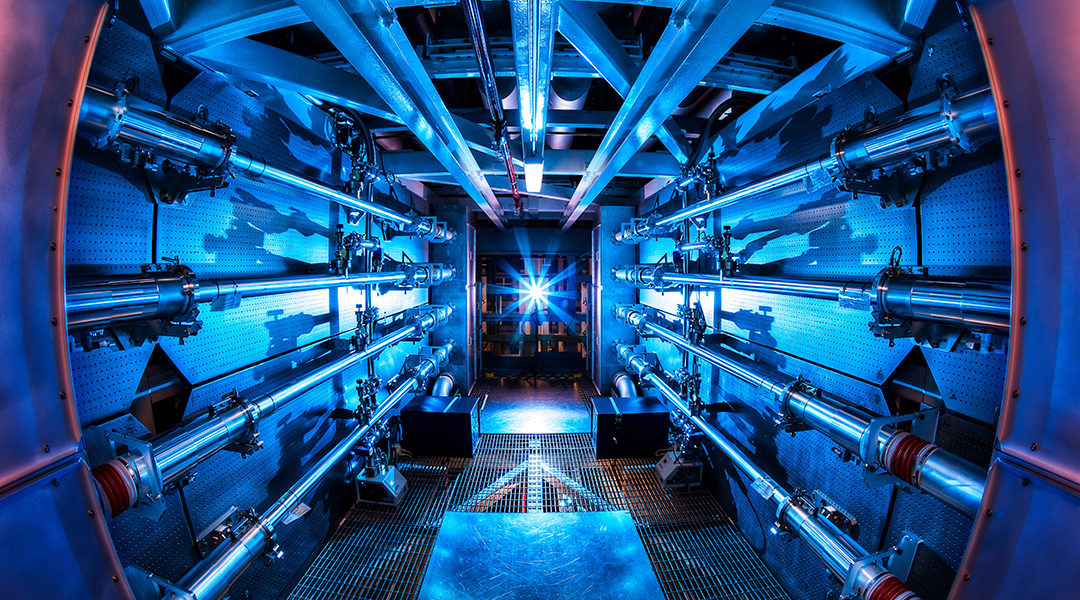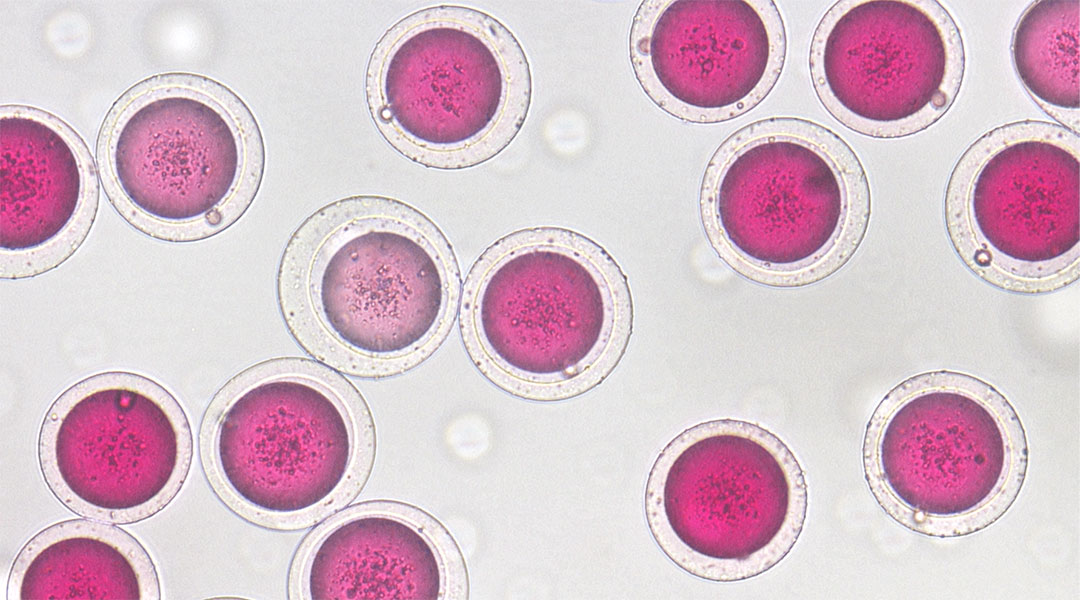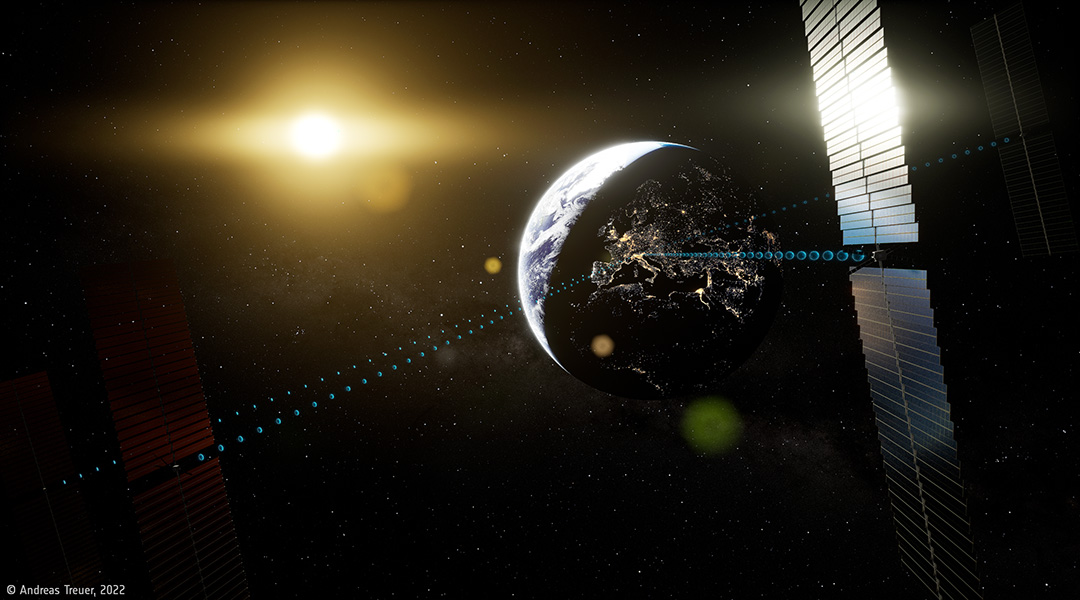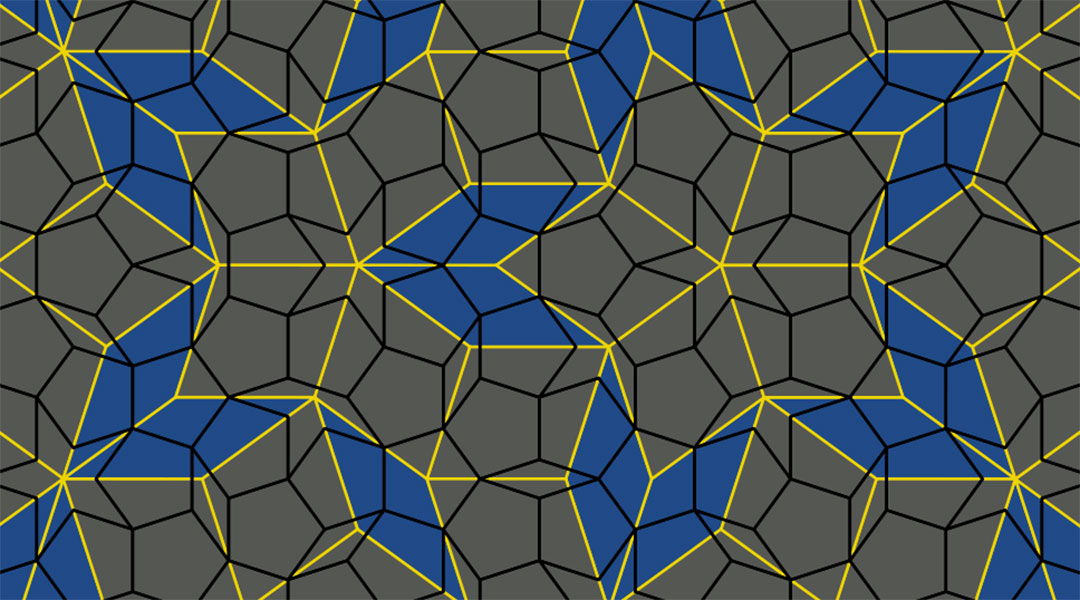After decades of experimentation, US scientists achieve ignition in a controlled fusion experiment for the first time.


After decades of experimentation, US scientists achieve ignition in a controlled fusion experiment for the first time.

Using the motion of sound waves through a superfluid liquid, scientists can model the Universe’s evolution on a reasonable time scale.

The 3.5-billion-year-old shoreline provides evidence of an ancient ocean in Mars’ northern hemisphere as well as sea-level rise.

Quantum gravity seeks to describe gravity according to the principles of quantum mechanics, but can it be done?

Check out atomic glimpses of graphene ribbons, double bubble microspheres, and a solar evaporator made from bone.

Exploiting defects in 2D hexagonal boron nitride to create reliable single photons, researchers have upped their quantum encryption game.

With climate change, the weaponization of energy, lower satellite launch costs, incentives to harness space-based solar power are on the horizon.

Cold ytterbium atoms were used to test a fundamental theory which describes phenomena in solids such as magnetism and superconductivity.

Extra time dimensions provide scientists with a new way to think about phases of matter for more stable qubits and robust quantum computers.

Microrobots dubbed “microwalkers” can both swim and walk, allowing them to transverse challenging biological environments.